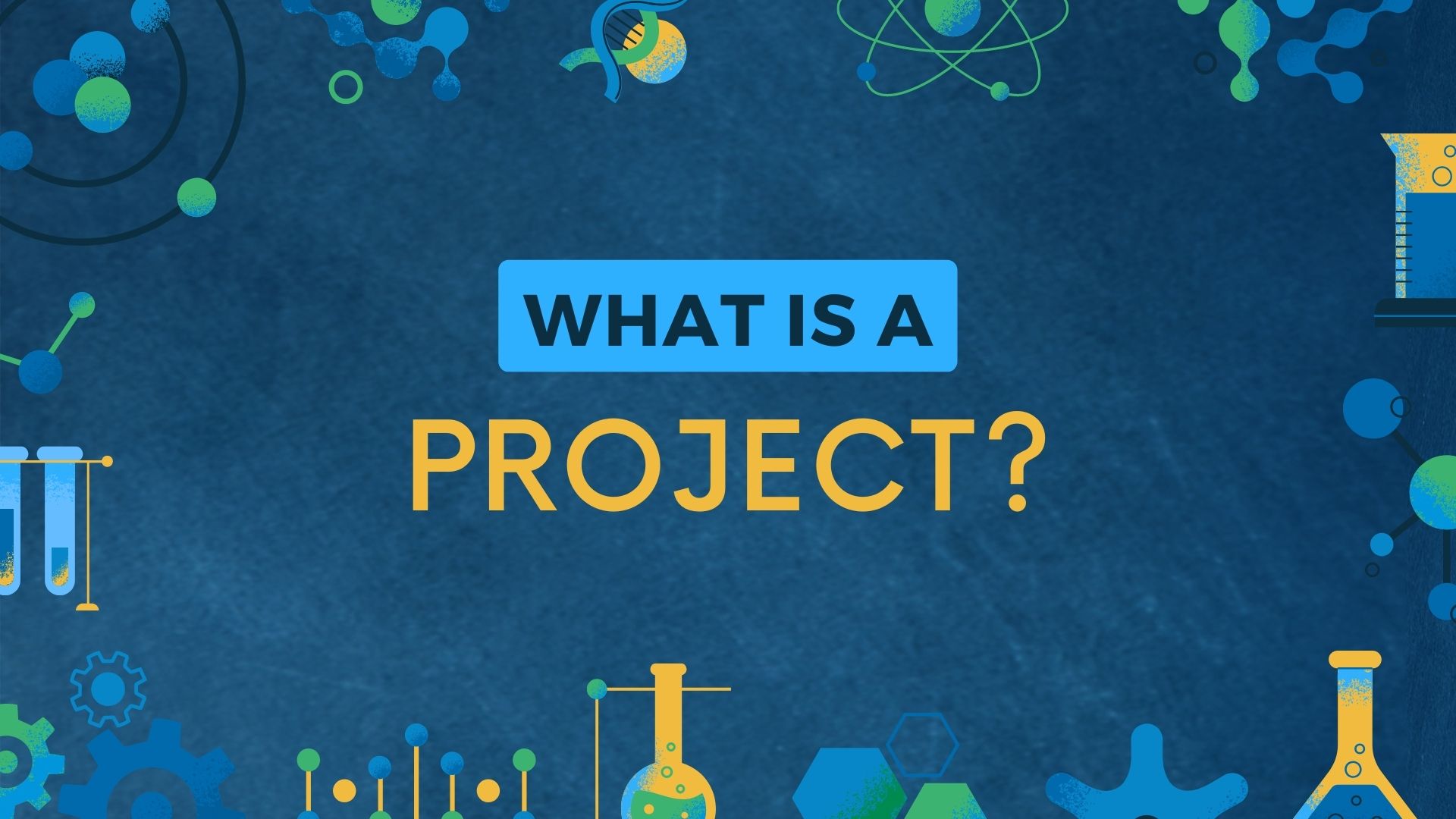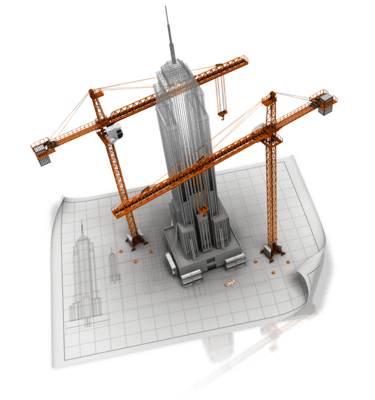People use the term "project" loosely. Someone may say, "I need to finish my filing project today." But what is a project and what's the difference between creating products, services, and results?

What is a Project?
A project is a temporary endeavor undertaken to create a unique product, service, or result. —PMBOK® Guide, Seventh Edition
Projects are Temporary
Projects are temporary. Projects have a beginning and an end. In contrast, teams perform operational tasks on a daily basis. Team members scan documents, handle customer calls, and pay invoices.
Projects are Unique
Another important attribute of projects is they produce something that is unique. The output may be a unique:
- Product
- Service
- Result
Now, let's define these terms.
A project is a temporary endeavor undertaken to create a unique product, service, or result. —PMBOK® Guide, Seventh Edition
What is a Product?
The PMBOK® Guide defines a product as, "an artifact that is produced, is quantifiable, and can be either an end item in itself or a component item." Here are some examples:
- Software
- Building
- Manufacturing Process
- Bridge

Building Project
Some projects involve modifying something that already exists. For example, a project team may modify an existing accounts receivable software package. Or a project team may modify or add to an existing building.
The What, Why, and How of Projects
What is a Service?
A service is intangible. Services include items such as customer service, claims service, utility service, audits, and employee assistance programs, to name a few. How can project management be used to develop and implement a service?
Imagine a company that wants to develop and implement a centralized customer service center (CSC). The tasks for this project might include:

Customer Service Representative
- Deciding on a location.
- Defining requirements for cubicles, phones, and computers.
- Selecting, purchasing, and installing the new call management software.
- Defining new business processes for taking calls, escalating issues, and managing call volume.
- Training CSC team on customer service.
- Communicating new CSC phone number to customers.
What is a Result?
A result may be an outcome or document. A manager may be concerned with employee turnover and wish to document all the business processes. Trainers could use the business process document for training new employees, resulting in a more uniform experience for customers.
Your Turn
If your company does not use project management, develop an implementation plan. Here are some beginner tips:
- Start simple. Apply project management to a few small to medium sized projects.
- Train the team members who will serve on the selected projects.
- Coach the team members throughout the project.
- Understand there is a learning curve. You may find your initial efforts require more time.
- Conduct post reviews after each project in order to discover what went well, what did not go well, and what you would do differently.
- As you gain traction, apply project management to larger, more complex projects.
Avoid making Rookie Mistakes in Planning Your Projects

Download the PROJECT MANAGEMENT PLAN CHECKLIST so you can deliver projects with fewer problems and greater value.
Plus receive EXCLUSIVE weekly project management tips.
